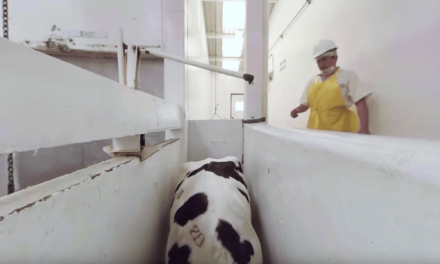Written by Natasha Daly / Wildlife Watch
Here are our guidelines for ethical animal encounters.
TRAVELERS LOVE ANIMALS. We want to get close to them and learn more about them. But the reality that many tourists don’t see is that to stay in business, animal encounters, such as elephant rides and photo ops with tigers, rely on putting wild creatures to work.
Discerning the difference between ethical and problematic wildlife experiences is among the thorny issues addressed in National Geographic magazine’s feature story “Suffering unseen: The dark truth behind wildlife tourism.” For visitors to environments ranging from zoos to national parks, it can be especially difficult to determine how to observe animals humanely. To assess how facilities treat captive animals, you can refer to the “five freedoms”—internationally recognized standards inspired by a 1965 U.K. government report. Consider these tips before your next wild adventure:
Do your research
Look for facilities where animals appear to be well-fed and have access to clean water at all times. A facility that rates high on TripAdvisor may not be a humane one. Read one- and two-star reviews, which often include animal welfare concerns cited by visitors. (See more wildlife photos from across the globe.)
Scan the space
Observe whether animals have an appropriate environment, including shelter, ample space, a comfortable resting area, and a secluded place away from crowds. Beware of buzzwords including “gives back to conservation,” “sanctuary,” and “rescue.” Be cautious if a facility makes these promises yet offers extensive interaction to large volumes of people.
Look for red flags
Avoid facilities where animals are visibly injured or are forced to participate in activities that could injure them or cause them pain or where enclosures aren’t clean. Being chained, performing, and interacting with tourists—giving rides, posing with them, being washed by them—are not normal for a wild animal, even one born in captivity. (Discover 10 wild experiences in national parks.)
ETHICAL ENCOUNTERS
Elephants
Be wary of attractions that offer elephant shows, rides, or baths, as these often train the animals through fear; instead, observe them in natural settings or sanctuaries where they can socialize and roam.
Big cats
Avoid holding, touching, posing, or walking with tigers or lions. Newborn cubs are often taken from their mothers to be snuggled, and adult big cats may be drugged, declawed, or both to make interaction safe.
Monkeys
Monkey performances isolate highly social primates that thrive in large family groups. Don’t feed seemingly wild monkeys, which are often kept hungry and baited with food so that they will approach tourists.
Small mammals
Sloths, koalas, and slow lorises are often poached from the wild and forced into tourist attractions. Sloths do not fare well being handled; slow lorises may have their teeth extracted to make interaction safe.
Tread lightly
Be aware that large crowds and unnatural noises cause distress, especially for animals that have experienced fear-based training, separation from mothers at birth, or other traumas.
Keep it wild
Seek experiences that offer observation of animals engaging in natural behaviors in natural environments.
The global wildlife tourism industry is entrepreneurial. Individual actions can make a collective difference, signaling to the market that consumers support ethical wildlife encounters. When travelers decide they want humane treatment of animals, the wildlife tourism market will change for the better.













